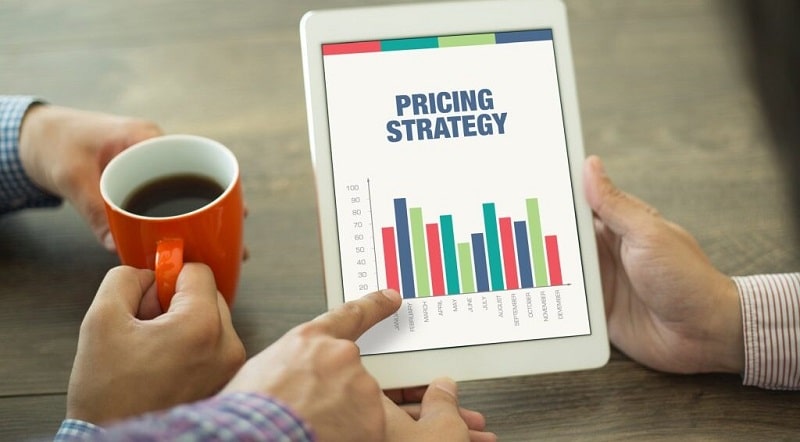
If you run an online store, you certainly understand how vital it is to set appropriate prices that are attractive to your customers and profitable to you. Easier said than done? Perhaps, but nowadays, you have smart tools at your disposal that facilitate this seemingly difficult task. Let’s see what your options are regarding the pricing strategy in your online store.
Some time ago, there was one prevailing pricing strategy, frequently referred to as a cost-plus strategy. Actually, it was very simple – the seller knew the cost of the product, and all they had to do was add their profit, and the product’s final price was set.
Today, though, in the e-commerce world, this strategy is no longer sufficient. This is primarily because there is huge competition and customers have easy access to tools and platforms enabling quick price comparison (here, we can mention Amazon and Google Shopping). What are your alternatives, then?
How to price your product: Diverse pricing strategies

The list of possible pricing strategies is actually quite long. Let’s analyze some of the most common techniques that are universal in different business setups:
- EDPL: This abbreviation stands for everyday low prices. It’s a quite straightforward way of pricing products based almost exclusively on economies of scale. You don’t make much money on each product sold, but since the per-unit price is low, you sell thousands of these products and, as a result, make decent money at the end of the day.
- HL: The high-low strategy is all about diversifying your offer into expensive products (it’s where you make money) and cheap traffic generators (their sole purpose is to drive traffic to your store; usually sellers using this technique make no money on them whatsoever).
- Price skimming: You start with the high price and gradually lower it as the product becomes less interesting (this strategy is used in the electronics sector).
- Premium pricing: This strategy is utilized by premium brands. The prices are significantly higher than the market average, and products are high-quality (so is the customer service).
However, before you select a specific pricing strategy for your online store, you have to start with thorough research. Find out:
- How big is your competition, and what products competitive stores offer
- What are the typical prices for your products
- What additional services are provided with them
- What payment and delivery options are available
This way, you will have a solid starting point that will enable you to set prices wisely and accurately. Thankfully, you don’t have to find answers to these questions manually. There are tools that help you with competitor monitoring as well as automating prices in your store.
Competitor price monitoring and dynamic pricing: Two tools for your online business

Dealavo is an online platform that both online retailers and manufacturers can use. They offer two major products. Competitor price monitoring tool enables e-sellers to verify their competition and the prices that they offer for similar products. You can use this knowledge to optimize prices in your store.
Also, you can take one step further and opt for something called dynamic pricing software. It’s an AI-fueled platform that continually monitors prices in your store and market and adjusts them to specific, predefined rules. For example, if you want to be in TOP3 cheapest products in a particular product category on Amazon, you can set such a rule. Dealavo algorithms will do the rest. All you have to do is approve recommendations for price changes in your store.
With these tools, setting optimal prices in your e-commerce business is straightforward and effective. Contact Dealavo for details.





